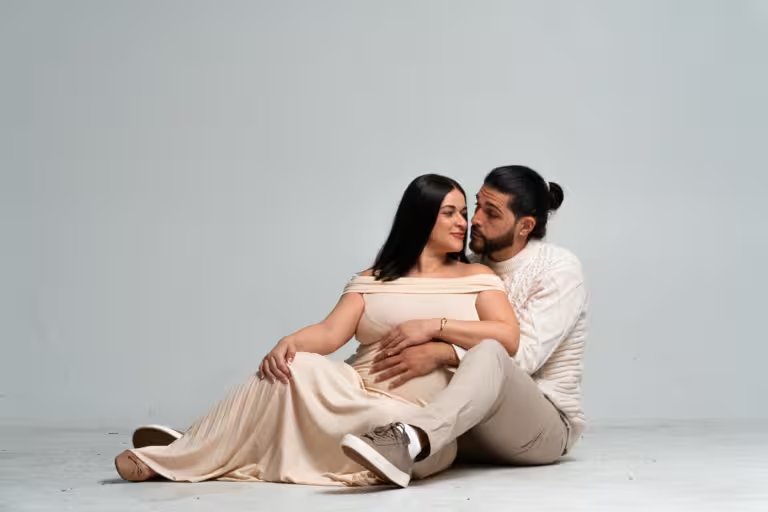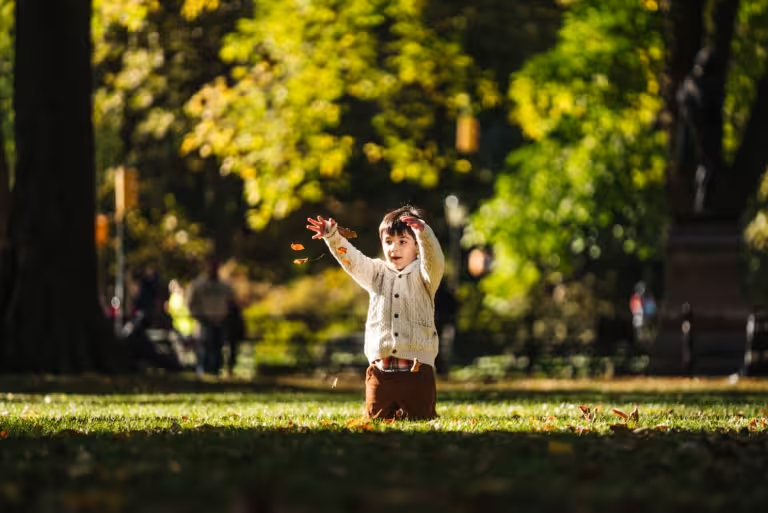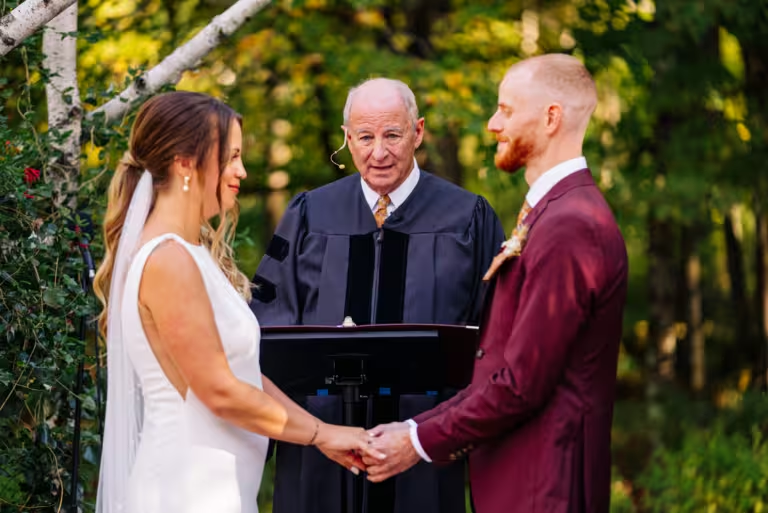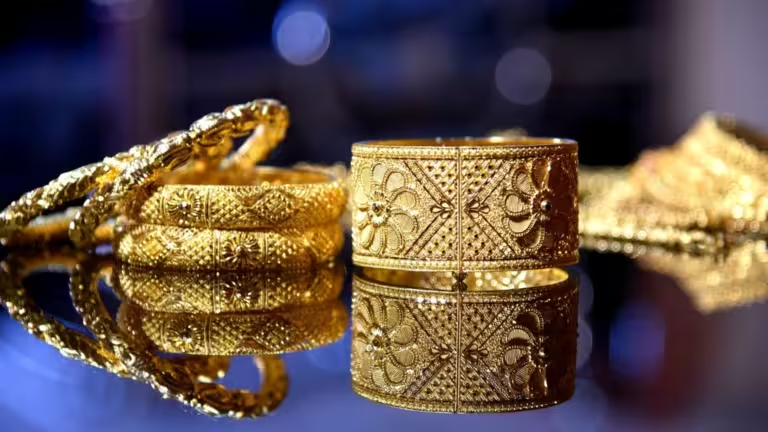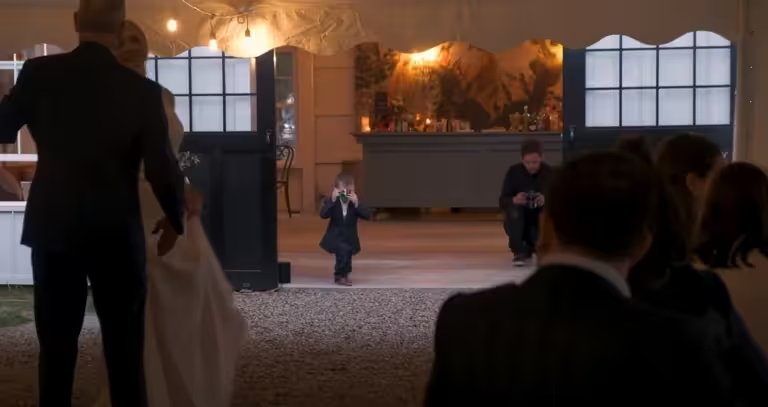
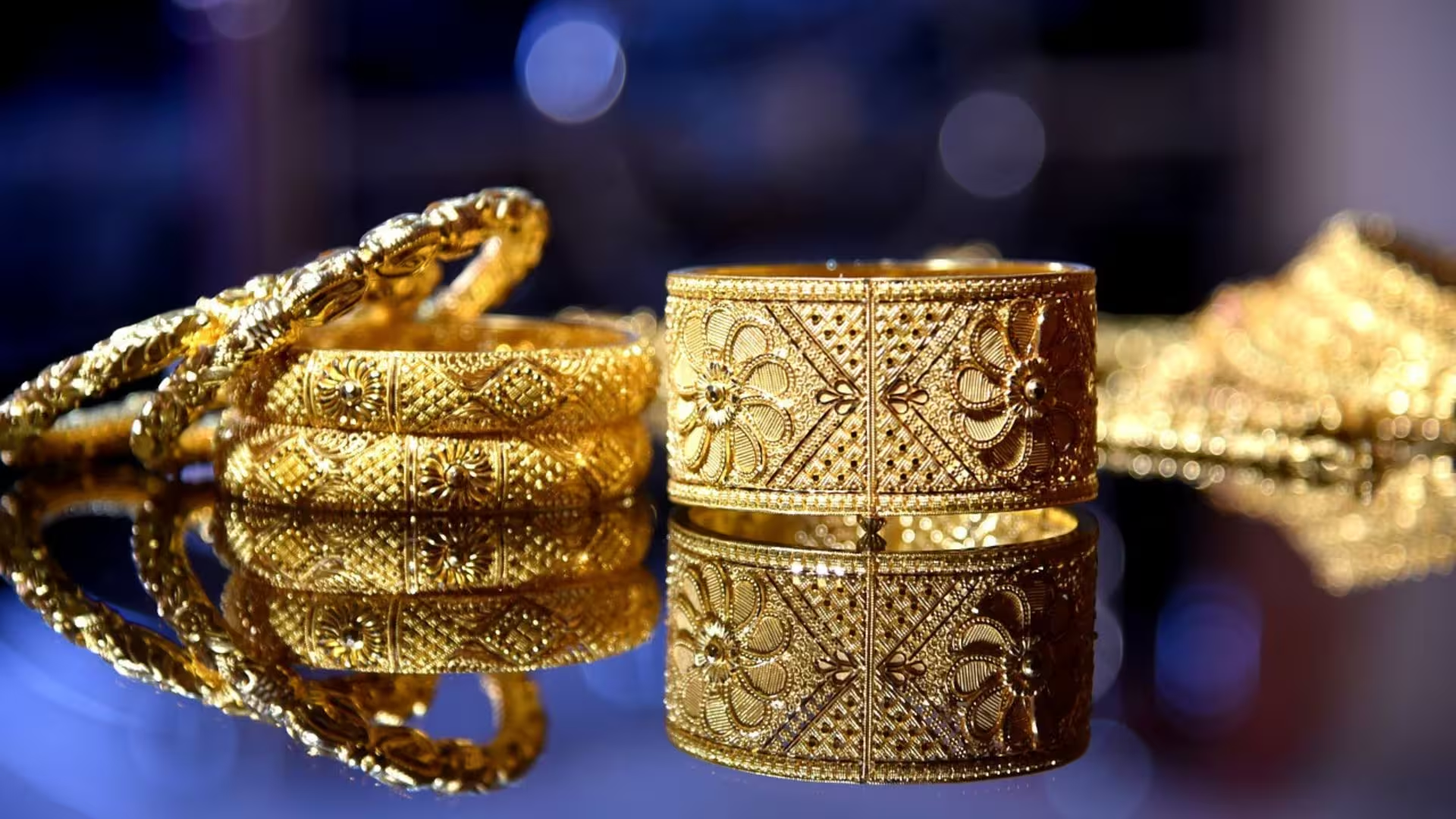

By Luka Funduk
The Magic of Indian Weddings
Tradition, Fashion, and Extravagance Unveiled
The Splendor of an Indian Wedding: Tradition, Fashion, and Grandeur
Indian weddings are known for their vibrant celebrations, intricate rituals, and a profound sense of cultural heritage. From the bride’s stunning attire to the elaborate ceremonies, an Indian wedding is a beautiful blend of tradition and modernity, where families come together to honor age-old customs and celebrate love.
The Indian Wedding Saree: A Timeless Tradition
The saree is one of the most iconic pieces of clothing in Indian culture, and at weddings, it takes on an even greater significance. Traditionally, the bride wears a red or maroon saree, symbolizing prosperity and fertility. Depending on the region, the fabric and design of the saree can vary—some brides choose rich silk sarees adorned with intricate gold threadwork, while others may opt for lighter, pastel-colored sarees for a modern twist. Beyond the bride, female wedding guests also frequently wear sarees in a variety of dazzling hues.
Indian Wedding Dresses: A Display of Regal Grandeur
When it comes to Indian wedding dresses, brides today have a range of options. From elaborate lehengas to beautifully draped sarees, the attire is often richly embroidered and adorned with precious stones or beads. Traditional red is a favorite, but brides are also experimenting with other colors, such as gold, ivory, or deep purples. Regardless of the style, an Indian bride’s wedding dress is always a masterpiece, designed to make her feel like royalty on her special day.
The Indian Wedding Frock: Modern Fusion Fashion
While traditional attire like sarees and lehengas dominate Indian weddings, many brides are opting for Indian wedding frocks, which blend traditional Indian elements with contemporary gown designs. These frocks often feature rich embroidery and are made from luxurious fabrics like silk and chiffon, allowing brides to embrace a fusion of Western and Indian fashion. This modern twist is especially popular at reception parties, where the bride may swap her traditional attire for something more contemporary yet equally glamorous.
Kardashians and Indian Wedding Inspiration
The world has taken notice of the grandeur and beauty of Indian weddings, and even celebrities like the Kardashians have shown interest. While the Kardashians haven’t yet had an Indian wedding themselves, they’ve been inspired by its vibrant culture and fashion. From wearing Indian-inspired outfits at parties to attending lavish Indian weddings, their fascination has introduced a global audience to the splendor of Indian wedding traditions.
The Indian Wedding Dress: A Bride’s Pride
The bride’s Indian wedding dress is often the centerpiece of the wedding, representing not only her personal style but also the cultural significance of the event. Whether it’s a heavily embroidered lehenga or a beautifully draped saree, the bride’s attire reflects her family’s traditions and heritage. Each dress is custom-made, often featuring intricate designs that tell stories of love, devotion, and prosperity.
Indian Wedding Guest Dresses: Glamorous and Traditional
For wedding guests, choosing the perfect outfit is an exciting part of attending an Indian wedding. Indian wedding guest dresses can range from elegant sarees to fashionable anarkalis or lehengas. Bright colors, intricate patterns, and rich fabrics are favored, creating an atmosphere where everyone looks and feels glamorous. Men, too, don traditional sherwanis or kurta pajamas, contributing to the overall visual splendor of the event.
The Extravagance of an Indian Wedding Billionaire
When it comes to billionaire Indian weddings, the scale of extravagance is beyond imagination. These weddings often feature lavish venues, celebrity performances, and over-the-top décor. From Bollywood stars to international celebrities, the guest lists are packed with high-profile names. For instance, the Ambani wedding in 2018 made headlines around the world for its multi-million-dollar budget, private concerts, and luxury arrangements. These weddings showcase not only immense wealth but also the cultural significance that family and tradition hold, even for the super-rich.
Why South Indian Weddings are Religious
South Indian weddings are deeply rooted in religious traditions, with rituals that are both spiritual and symbolic. Typically held in temples or under traditional mandapams, these weddings focus on honoring the gods and seeking their blessings. The wedding ceremonies are long and detailed, featuring sacred fires, Vedic chants, and offerings to deities. These rituals emphasize purity, devotion, and the spiritual bond of marriage, making South Indian weddings a profound and meaningful experience for all who participate.
Indian weddings are a magical fusion of tradition, fashion, and opulence. Whether it’s the bride’s stunning attire, the vibrant guest dresses, or the rich cultural and religious practices, Indian weddings create an unforgettable celebration of love, family, and heritage. From the grandeur of billionaire weddings to the deep-rooted spirituality of South Indian ceremonies, each wedding is a unique and beautiful reflection of the couple’s journey and the legacy of their ancestors.
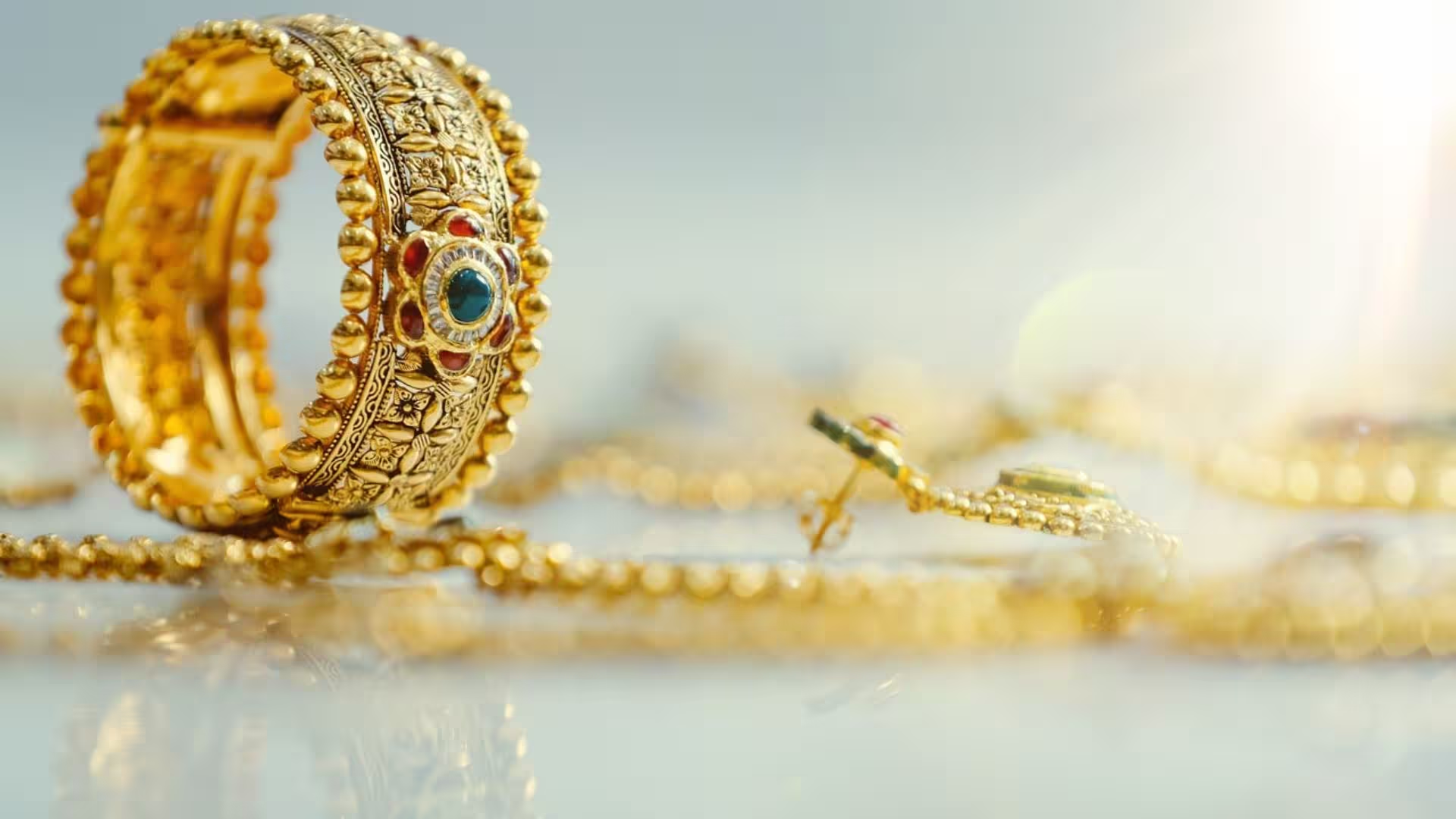
Fun Facts About Indian Weddings
1. Weddings Can Last for Days Indian weddings aren’t just a one-day affair—they’re a multi-day extravaganza! Traditionally, Indian weddings can span three to five days, filled with a series of pre-wedding rituals like the Mehndi, Sangeet, and Haldi, culminating in the wedding ceremony and reception. Each event has its own unique charm and meaning.
2. The Bigger, the Better Indian weddings are often large-scale affairs, with guest lists easily running into the hundreds, if not thousands! Families, friends, extended relatives, and entire communities come together to celebrate. A big wedding isn’t just about size, it’s about gathering as many loved ones as possible to bless the couple.
3. Mehndi: More Than Just Beautiful Art The intricate henna patterns applied to the bride’s hands and feet during the Mehndi ceremony are not just for beauty. There’s a fun tradition that says the darker the bride’s mehndi, the more her husband will love her! Some also believe that the bride doesn’t have to do any housework until the mehndi completely fades away.
4. Baraat: The Groom’s Grand Entrance In North Indian weddings, the groom arrives in a grand procession known as the Baraat. He often rides a decorated horse (or sometimes even an elephant!), accompanied by a dancing crowd of friends and family. The music is loud, the energy is infectious, and it’s one of the most anticipated parts of the wedding.
5. Shoes, Please! During the wedding ceremony, the bride’s sisters or female cousins often try to steal the groom’s shoes in a playful tradition known as Joota Chupai. Once they succeed, the groom must negotiate to get them back, often involving playful banter and a small “ransom” paid in the form of money or gifts.
6. The Sacred Fire In Hindu weddings, the couple circles a sacred fire (Agni) seven times during the Saptapadi ceremony. Each step they take around the fire represents a vow they make to each other, signifying their journey together as husband and wife.
7. Diversity in Wedding Styles India is a country with 28 states, each with its own culture, language, and wedding customs. A Bengali wedding is vastly different from a Punjabi one, and a South Indian wedding has rituals that are unique from a Gujarati ceremony. From the attire to the food and rituals, no two Indian weddings are alike!
8. Outfits Fit for Royalty Indian wedding attire is nothing short of spectacular. The bride usually wears a richly embroidered Lehenga or Saree, while the groom dons a regal Sherwani. The clothes are often adorned with gold thread, intricate beadwork, and crystals. And the jewelry? Expect to see stunning pieces, from necklaces and bangles to nose rings and anklets!
9. Wedding Food is a Feast Food plays a central role in Indian weddings, with menus that can range from 5 to 10 (or more!) courses. The dishes vary by region, but you can expect an elaborate spread, from spicy curries and fragrant biryanis to sweet treats like Gulab Jamun and Jalebi. The food is usually vegetarian, though some communities serve meat.
10. The Significance of the Mangalsutra During the wedding ceremony, the groom ties a necklace called the Mangalsutra around the bride’s neck. This necklace, made of black and gold beads, symbolizes their marital bond. In some regions, the bride will also receive toe rings known as Bichiya as a sign of her married status.
11. Sangeet: A Night of Dance and Music The Sangeet is a pre-wedding event where both families come together for a night of music, dance, and celebration. Family members and friends often perform choreographed dances to popular Bollywood songs, making it a high-energy and fun-filled evening.
12. Wedding Invitations: A Grand Affair Even the wedding invitations in Indian weddings are elaborate. They often come in beautifully decorated boxes, accompanied by sweets, gifts, or even perfumes. In some cases, invitations are hand-delivered by the family, a gesture of personal touch and warmth.
13. The “Kanyadaan” Ritual One of the most emotional moments in an Indian wedding is the Kanyadaan, where the bride’s father “gives her away” to the groom. It’s a significant ritual where the parents bless the couple, symbolizing the passing of responsibility for their daughter’s happiness and care to her new husband.
14. Bindis and Tikas During the wedding, family members will often apply a red or yellow tika on the forehead of the couple as a blessing. The bride often wears a red bindi in the center of her forehead, symbolizing love and prosperity in her married life.

